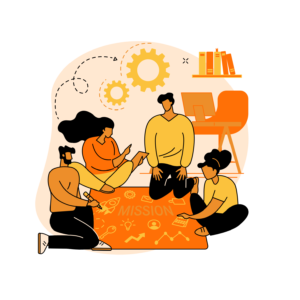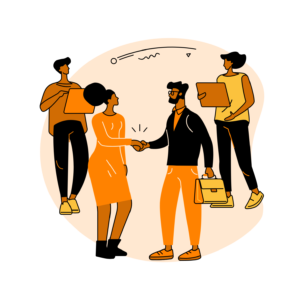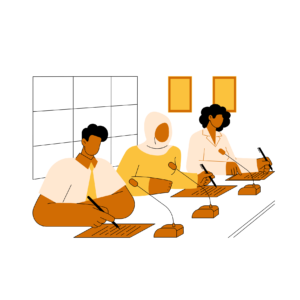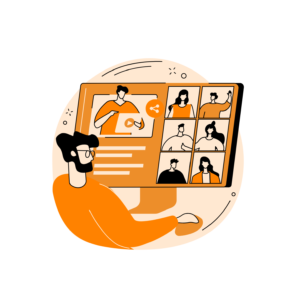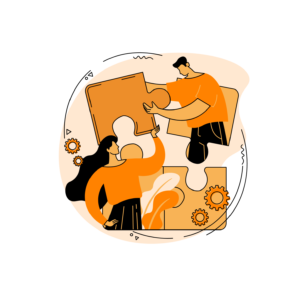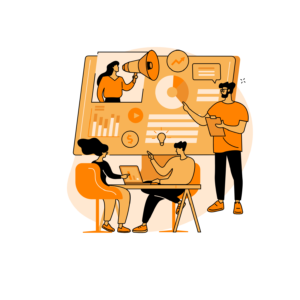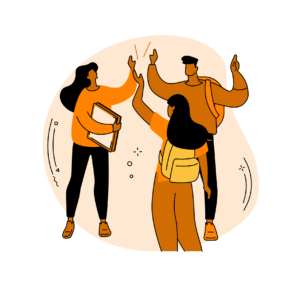WEAll Hubs Guide
About this guide
This guide is designed as a tool to support both existing Wellbeing Economy Alliance (WEAll) hubs and those looking to start one.
WEAll hubs play a crucial role in advancing the concept of a wellbeing economy, which aims to prioritise the overall wellbeing of people and the planet.
In this guide, we provide an overview of what a WEAll hub is, the different models and pathways to creating and running a hub, and how we can support you.
While we highly recommend exploring this guide online, you can find the key information in this PDF version.
1. Understanding WEAll and the wellbeing economy
1.1 What is the Wellbeing
Economy Alliance?
WEAll is a global network of organisations, communities and individuals working together to transform the current economic system into one that prioritises the wellbeing of both people and the planet.
WEAll was founded in 2018 and it emerged from a collaboration between organisations, academics, and activists who wanted to be greater than the sum of their parts. Since its inception, WEAll has engaged in research, advocacy, and knowledge-sharing initiatives to drive change at local, national, and global levels.
By providing a platform for collaboration, sharing best practices, and amplifying the voices of those advocating for a wellbeing economy, WEAll has helped advance the global movement for economic transformation.
Our strategy focusses on three key areas:
Strengthening, supporting, and connecting existing geographic and thematic power bases at all levels of society, in priority countries, that together have the power to change the current global economic system.
Curating and democratising knowledge that demonstrate the viability of a Wellbeing Economy approach, to influence change in local, national, and global arenas, as well as set the agenda for governments and institutions to sequence just transitions to Wellbeing Economies.
Co-creating new, powerful narratives of hope to change the debate and mobilise millions of people of all ages and from all walks of life to act at local, national, and global levels in support of a shift to a Wellbeing Economy.
Our route to mainstreaming and bringing to life the vision of a Wellbeing Economy is to build power, collaborations, and excellence of outputs, rather than by competing for space and influence with potential allies.
WEAll’s staff is a supportive team of ‘Amplifiers’, who aim to meet the need for alignment, coordination, and amplification. While playing an influential role in the promotion of wellbeing economics concepts, the ‘Amp Team’ mostly acts as connectors and facilitators, aiming to ultimately support power bases to lead the change. We operate as a horizontal, non-hierarchical organisation, based on Teal principles. We also have a Global Council, that guides us based on a diversity of perspectives, knowledge and experience, to help ensure that there is a coherent, transparent strategy across WEAll’s work, in line with our values. Included in this Global Council are our Trustees, who fulfil our formal governance functions as a charity.
amplification team who
are here to support you
In the first instance, hubs are supported by regional leads in the global team. For more information on how different Amps support hubs, check out this handy guide which will be updated regularly.
1.2 What is the
wellbeing economy?
A wellbeing economy is an economy that is designed to deliver social and ecological wellbeing. In a wellbeing economy, the rules, norms and incentives are set up to deliver quality of life and flourishing for all people, in harmony with our environment, by default.
In a Wellbeing Economy, our definition of societal success shifts Beyond GDP growth to delivering shared wellbeing. This involves a fundamental systems change. A good economy is when the rules and incentives are designed to ensure everyone has enough to live in comfort, safety, and happiness. When people feel secure in their basic comforts and can use their creative energies to support the flourishing of all life on this planet.
When we thrive in a restored, safe, and vibrant natural environment because we have learned to give back as much as we are given. When we have a voice over our collective destiny and find belonging, meaning and purpose through genuine connection to the people and planet that sustain us.
A co-creative process with WEAll members in 2019 led to the identification of five ‘design principles’ for a wellbeing economy, the ‘WEAll Needs’.
These needs are reflected in:
The worldviews of many First Nations communities, such as the ancient African principle of ‘ubuntu’ and similar notions among diverse indigenous people, such ‘buen vivir’ in the Andean region in Latin America (Acosta & Abarca, 2018) and are embedded in the scripts of many religions
The work of development experts and in research findings about what makes for a meaningful life (Doyal & Gough, 1991; Max-Neef, 1991; Nussbaum, 2011; Sen, 2000)
Evidence from psychology about human needs (Huppert & Cooper, 2014) and from neuroscience about what makes our brains react (Strang & Park, 2016)
Recent Constitutions like those of Ecuador (2008) and Bolivia (2009)
Deliberative policy conversations with people all over the world about what really matters to them in their lives.
Distribution
We don’t leave it to people to fend for themselves or rely on limited redistributive mechanisms, but predistribute power, wealth, time, and income so that the heavy lifting is done by the economy itself. Example: social enterprises and businesses owned by their workers, community wealth building and living wages.
The purpose of the economy becomes exclusively to deliver human and ecological wellbeing. Example: adopting a wider suite of success measures Beyond GDP, and visionary national development plans.
Rather than being content just fixing the harm we do to nature and people, we adopt preventive measures that stop harm from happening in the first place. Example: Outcome budgeting and circular production and consumption.
Powered
Economic decisions are powered by the people, who become directly involved in decision making and agenda setting. Example: Citizen assemblies and participatory budgeting.
The purpose behind the idea of a wellbeing economy is to illuminate the plurality of ideas and practices that speak to how the economic system needs to change so it delivers wellbeing for people and planet, and emphasising the shared core tenets these respective concepts and visions have in common.
You can think of the wellbeing economy concept as a picnic blanket: sitting underneath (rather than alongside) the items it supports and connects.
Watch this short video to hear WEAll co-founder Katherine Trebeck explain it:
2. WEAll hubs
2.1 What are WEAll hubs?
Local hubs play a crucial role in driving systemic change towards a wellbeing economy. By operating at the regional and national levels, they are able to address the specific economic, social, and environmental challenges faced by their respective communities. This decentralised approach allows for tailored strategies and solutions that align with local contexts and needs, while still working towards the broader vision of a global wellbeing economy.
There are a range of ways hubs can contribute to the wellbeing economy vision. Hubs serve as catalysts for collaboration and coordination among various stakeholders, including social movements, government entities, businesses, civil society organisations, and academia. They facilitate dialogue, knowledge exchange, and the co-creation of initiatives that promote just and sustainable economic practices, influence policymakers, advocate for wellbeing economy principles, and contribute to the development of policy frameworks that prioritise people and the planet over narrow economic metrics.
Find
WEAll
Hubs
out more about each Hub
Meet some
of our hubs
Common approaches
While existing hubs vary hugely, they all share a commitment to advancing the concept of wellbeing as a central goal of economic systems and policies (whether or not you use the term wellbeing economy.
They tend to work in the following ways:
2.2 Wellbeing economy values
It’s fundamental that any individual or organisation willing to set up a WEAll hub or be connected to this global movement shares these values and keeps them at the core of all their activities, the purpose of the hub and the way of working internally and externally.
A wellbeing economy involves a shift in how we seek to live together from seeing ourselves as owners and consumers toward being caretakers and creators of a flourishing world. The wellbeing economy movement should model this shift in how we act.
We aim to embody the changes that are needed in our worldviews, society, and economy: from ‘us vs them’ to ‘we all’. To achieve this, we recognise first the harm that has been done to communities primarily in the Majority World, and hold ourselves accountable to challenge our mindset and ways of working.
5 core values
guide us in
everything we do:
3. Building a hub
3.1 Getting started
This section provides step-by-step guidance on how to get started in setting up a hub. It outlines the key responsibilities and expectations of hub coordinators/initiators, including the signing of a Memorandum of Understanding (MoU) that establishes a framework for collaboration and cooperation.
The first place to start is by identifying and reaching out to those already doing work that is relevant to the wellbeing economy in your location. WEAll aspires to be in service of the wider movement, and we always want to avoid duplication of efforts. First, ask how you can support what is already in place instead of starting from scratch. Secondly, work with those individuals and organisations to identify whether a new WEAll hub is really needed. Does anything similar already exist? What are the gaps where a hub could add value? Is there an appetite in the community to participate?
3.2 Building a network
“Involve as broad and diverse a community as you can from the beginning. We started off with large co-creation meetings. Although our core team ended up being smaller than that, we brought with us the energy, ideas and mandate from that much broader group.”
Dawn Lyle, WEAll Cymru (Wales)
Building an equal and inclusive network is crucial to ensure that all are welcome, and diverse voices are represented and recognised. Here are some steps you can take:
WEALL Aotearoa New Zealand have lots to share on this topic. Check out the talk they gave on their journey.
Remember, building an equal and inclusive network is an ongoing process that requires continuous effort and commitment. Regularly evaluate and reassess your practices to ensure that all voices are truly represented and recognised within your WEAll hub.
for effective engagement:
3.3 Choosing your governance model
Governance might not be on the top of your list of priorities, but if we are to have the impact we seek to achieve, then establishing a sustainable structure for your hub is important.
You can read about the governance of the global Wellbeing Economy Alliance here the culture handbook we co-created as a team.
use a range
of models.
For example, WEAll Aotearoa New Zealand Hub set up a charitable trust model with a board of trustees who lead the organisation and employ their Country Lead. Registering for charitable status made receiving donations easier. The board of currently five trustees and acts by consensus to make decisions. WEAll Aotearoa plans to review this structure in the future. WEAll Cymru (Wales) is a not-for-profit company governed by Directors who are elected by members. Members generally control and supervise the activities of the organisation and they can attend and vote at Annual General Meetings. The Alliance also consists of those who attend meetings and/or follow the activities of the organisation in an informal capacity. People, businesses and organisations may apply to join the Alliance, and their membership is approved or rejected by the Members.
Here are just three governance models that WEAll hubs could consider implementing. However, these are just examples – it’s important to choose what works for you, your context, and everyone participating in the hub.
You can, of course, also tailor the governance model to your unique needs by combining aspects from different models. We recommend seeking input and feedback from the hub’s stakeholders to help ensure that the chosen governance model aligns with their values and aspirations.
Sociocracy for All has lots of good resources you might want to check out. www.sociocracyforall.org/,
3.4 Internal (team) communications
Agreeing how you’ll communicate with each other, share resources and keep each other to date is key to a smooth-running hub.
In each country, the communication channels are very different: in Denmark you cannot do anything without Linkedin and in Latin America, you cannot do anything if it’s not done over Whatsapp. So of course, go with whatever makes most sense in your context.
Agreeing which kinds of conversations you’ll have on which channels/meetings and how you’ll share is key. Make space to experiment and get this right at the beginning and review it a year as things may change as you grow.
From April 2024, WEAll Global will be offering to all hubs the platform Discourse to have internal communications and much more, to have a space where you can share your work and connect with members and hubs around the world. It’s going to be a vibrant space and core teams will have access to it for their own work as well. However, you might decide that on top of Discourse you’d like to use other channels, it’s completely up you.
Agree who will chair, organise meetings and take notes. Make sure if you’re using online tools to meet that everyone you’re working with is comfortable with these and can access them.
Set up a shared workspace early on where you can store files. Some examples are Taiga, Dropbox and GDrive.
3.5 Co-creating your strategy
processes
The most important thing is that it works for those in the core team and that it’s done collaboratively with those who are part of the hub’s network.
approach creating your strategy
3.6 Documenting impact
Measuring the impact of WEAll hubs is important so we can understand their effectiveness and demonstrate the value they bring to the movement. However, measuring impact might not be a priority at the beginning of your journey, especially when working on a voluntary basis.
Of course, it will be impossible to set up all of this up from day one, but the WEAll amplification team will be there to support you in this.
3.7 Common challenges
Here are some common challenges that WEAll hubs may face in their journeys, along with
advice on how to overcome these obstacles.
Here’s some words of wisdom our
hubs had to share for new hubs
just getting started.
3.8 Being part of the WEAll community
Hubs play a key role in achieving WEAll’s vision. While hubs are self-orgnising entities, being connected to each other’s work ensures we can have a far greater impact.
Many hubs work together to share resources, ideas and invite other hubs to participate in their projects. One example of this is the Aotearoa New Zealand Hub following Scotland’s open letter concept.
Every person involved in a local hub is considered part of the network and a member of WEAll. There is always the opportunity for those organisations to follow our onboarding process and be showcased on our website as members of WEAll Global. More information on membership is available here.
3.9 Fundraising
Watch WEAll’s Development Lead, Michael Weatherhead, share his fundraising advice with hubs.
3.10 External communications
You can catch up on learning sessions our Comms and Narrative Co-Lead Kate Petriw has given to hubs:
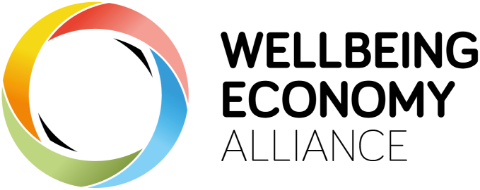

 Brazil
Brazil
 Denmark
Denmark
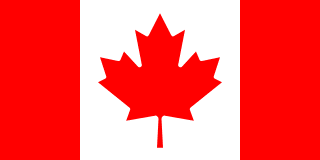 Canada
Canada
 California
California
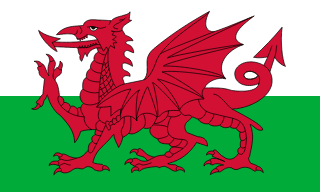 Cymru-Wales
Cymru-Wales
 Costa Rica
Costa Rica
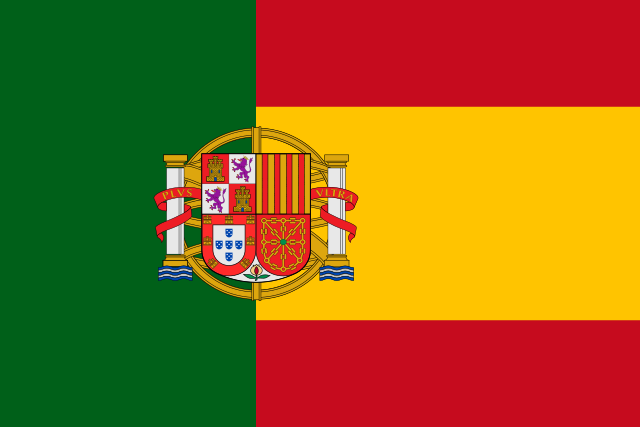 Iberia
Iberia
 Netherlands
Netherlands
 Sweden
Sweden
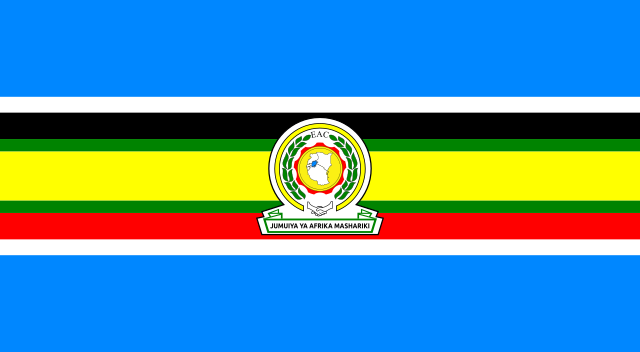 East Africa
East Africa
 Australia
Australia
 Aotearoa-New Zealand
Aotearoa-New Zealand
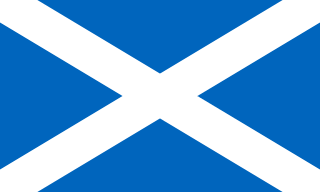 Scotland
Scotland
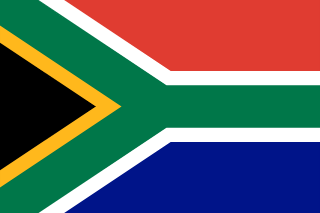 South Africa
South Africa
 Ireland
Ireland
 Mendoza
Mendoza
 Norway
Norway
 England
England
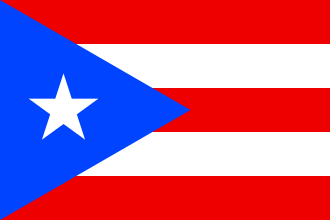 Puerto Rico
Puerto Rico

